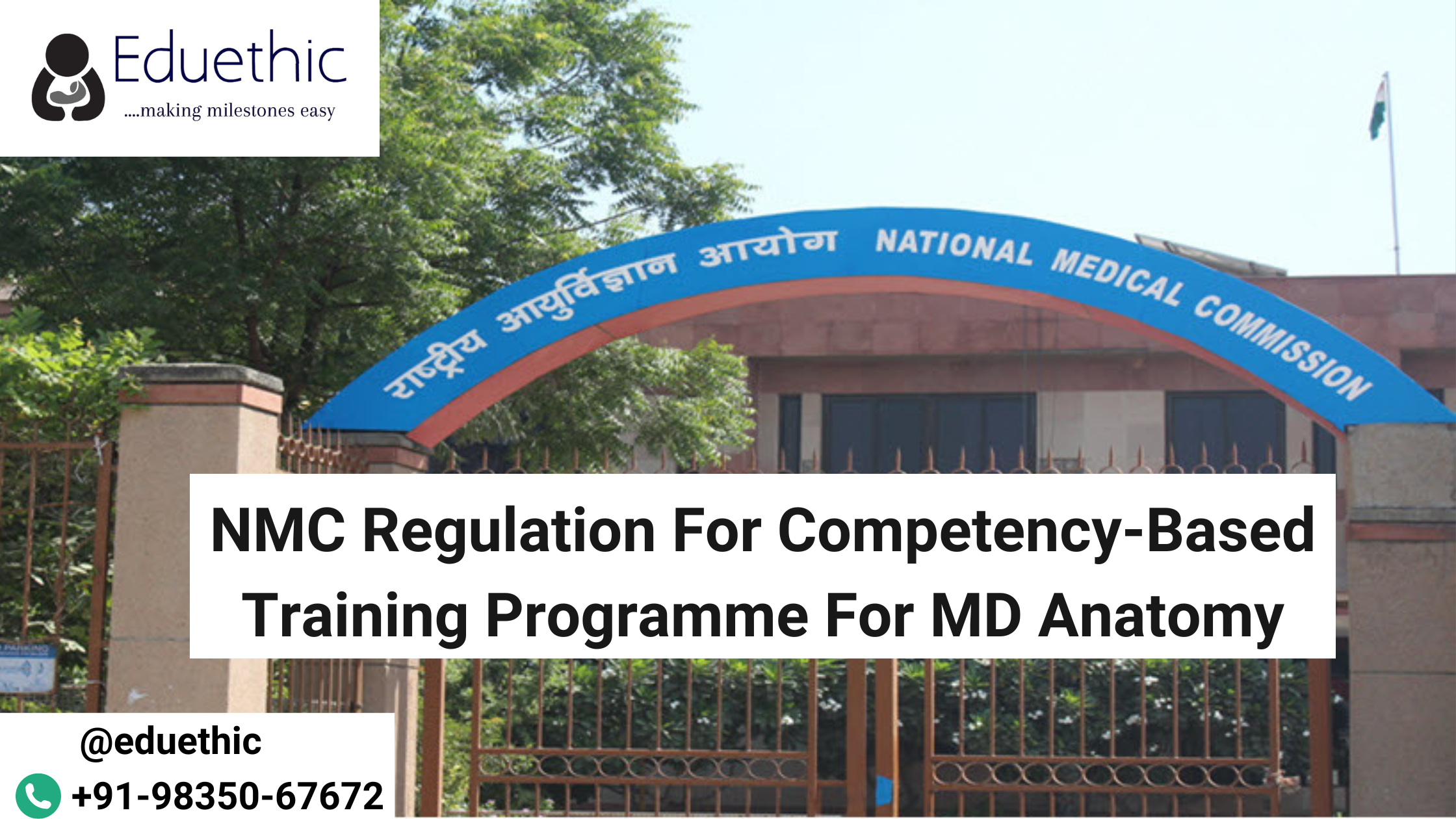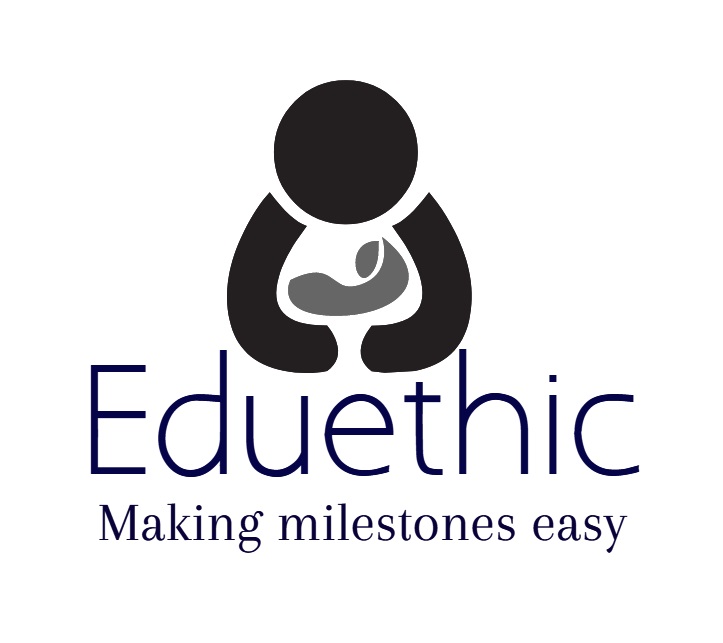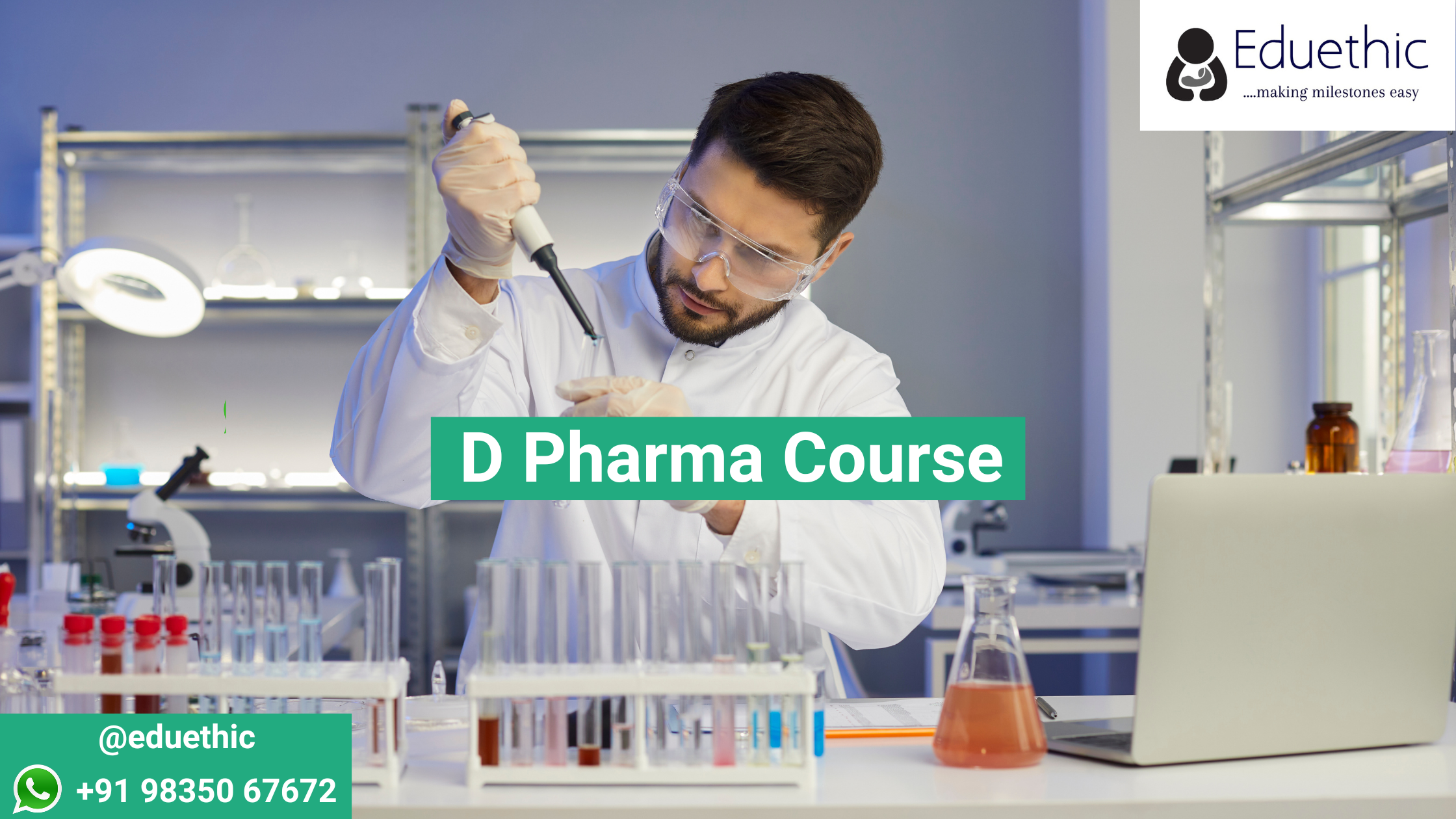NMC Regulation For Competency-Based Training Programme For MD Anatomy
By: Eduethic
Introduction
The National Medical Commission (NMC) has released the guidelines for the competency-based PG training programme for MD in Anatomy.The purpose of PG education is to create specialists who would provide high-quality health care and advance the cause of science through research & training.
Warning: Undefined array key "blogDesc" in /www/wwwroot/eduethic.com/blog_view.php on line 264
Deprecated: chop(): Passing null to parameter #1 ($string) of type string is deprecated in /www/wwwroot/eduethic.com/blog_view.php on line 264
The National Medical Commission (NMC) has released the guidelines for the competency-based PG training programme for MD in Anatomy.
The purpose of PG education is to create specialists who would provide high-quality health care and advance the cause of science through research & training.
These guidelines would help to achieve a consistent level of training for MD Anatomy to postgraduate students throughout the country. After undergoing the training, the student should be able to deal effectively with the needs of the medical community and should be competent to handle all problems related to the speciality of Anatomy and recent advances in the subject. The postgraduate student should also acquire skills in teaching anatomy to medical and paramedical students and be able to integrate the teaching of Anatomy with other relevant subjects while being aware of her/his limitations.
Also Read- Doctors Proceed SC Over Cancellation Of AIIMS INI CET Counselling
This document aims to provide teachers and learners with illustrative guidelines to achieve defined outcomes through learning and assessment. Various subject-content specialists prepared this document. The Reconciliation Board of the Academic Committee has attempted to render uniformity without compromising the purpose and content of the document. Compromise in the purity of syntax has been made to preserve the purpose and content. This has necessitated the retention of "domains of learning" under the heading "competencies".
Object -Specific Learning Objectives
The Goal of MD Anatomy is to train a doctor to become a competent teacher and researcher in Anatomy who:
1. Is aware of contemporary advances and developments in the field of Anatomy.
2. Has acquired the competencies in the subject of Anatomy that is required to be practised at all levels of the health system.
3. Can discharge responsibilities and participate in the National Health
Education Programme.
4. Is oriented to the principles of research methodology.
5. Has acquired skills in educating medical and paramedical professionals.
6. Has effectively communicated with students and colleagues from various medical and paramedical fields.
7. Has acquired skills in integrating anatomy with other disciplines when needed.
8. Has acquired qualities of a good teacher capable of innovations in teaching methodology.
9. Has demonstrated adequate management skills to be an effective team leader engaged in teaching and research.
After completing the three-year course in MD Anatomy, the student should have achieved competence in the following:
1. Knowledge of Anatomy
1.1. Acquire competencies in gross and surface anatomy, neuroanatomy, embryology, genetics, histology, radiological anatomy, applied aspects and recent advances in the branches mentioned above of anatomy to clinical practice. These are given in detail in subsequent sections.
2. Practical and Procedural skills
2.1 Acquire mastery in dissection skills, embalming, tissue preparation, staining and museum preparation.
3. Training skills in Research Methodology
3.1 Acquire skills in teaching, research methodology, epidemiology & basic information technology.
3.2 Acquire knowledge of the essential aspects of Biostatistics and research methodology.
3.3 Knows how to plan the protocol of a thesis, carry out a literature review, execute the research project and prepare the report.
3.4 Can use computer applications Microsoft office (Microsoft word, excel, PowerPoint), Internet, and Search scientific databases (e.g. PubMed, Medline, Cochrane reviews).
3.5 Acquire skills in paper & poster preparation, writing research papers and writing Thesis.
4. Professionalism, attitude and communication skills:
4.1 Develop honest work ethics and empathetic behaviour with students and colleagues.
4.2 Acquire the capacity not to let his/her personal beliefs, prejudices, and limitations come in the way of duty.
4.3 Acquire attitude and communication skills to interact with colleagues, teachers and students.
5. Teaching Anatomy
5.1 Practicing different methods of teaching-learning.
5.2 Making presentations of the subject topics and research outputs.
6. Problem Solving
6.1 Demonstrate the ability to identify applied implications of the knowledge of anatomy and discuss information relevant to the problem, using consultation, texts, archival literature and electronic media.
6.2 Demonstrate the ability to correlate the clinical conditions to the anatomical/ embryological/hereditary factors.
6.3 Demonstrate the ability to evaluate scientific/clinical information and critically analyze conflicting data and hypotheses.








 @2025| eduethic.com All Rights Reserved
@2025| eduethic.com All Rights Reserved